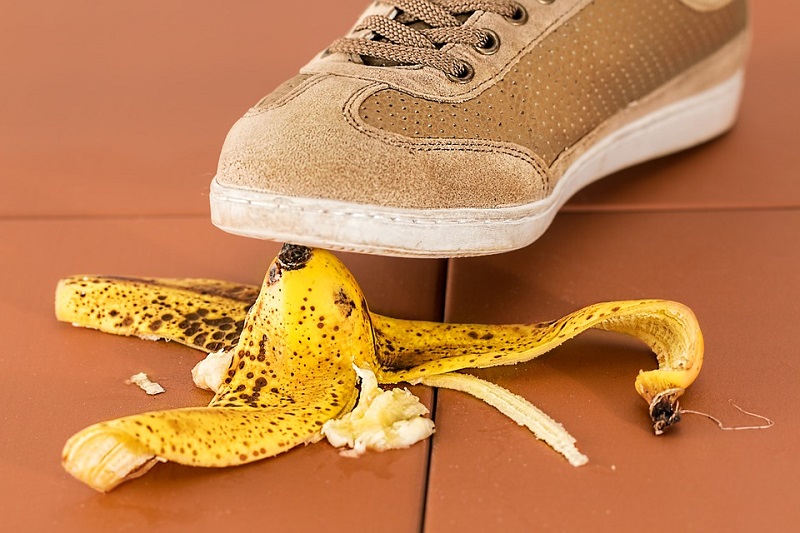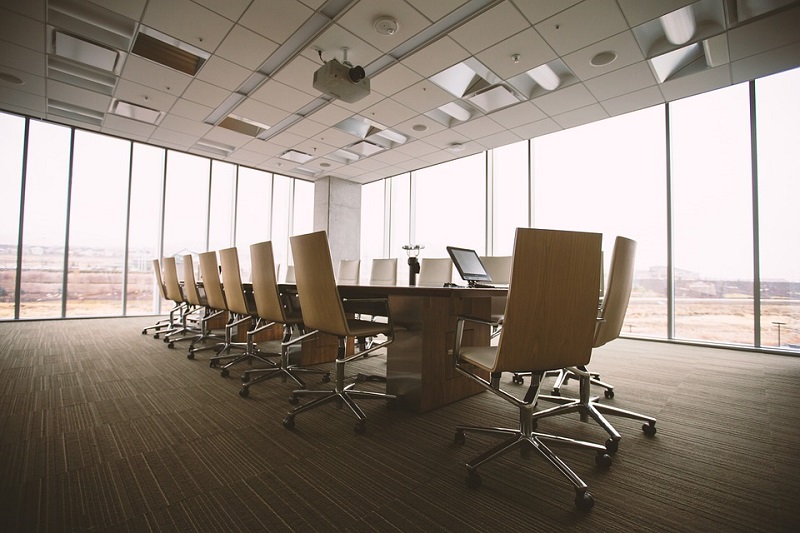Workplace injuries are a common concern for business owners. No one wants any staff or visitors to sustain an injury, but it’s also a headache to deal with the legal and financial ramifications too. For instance, workplace injury legal claims and a possible rise in insurance premiums as a result have become problematic for companies.
It’s best to avoid the issue by preventing workplace injuries than to have to deal with them later. You can examine the OSHA programs that address safety issues at work to pick up additional tips, but here we will look at some ways to go about minimizing the possibility of a workplace injury.
Protecting Warehouse Workers
Taking in deliveries when winter comes around is a cold and dangerous business in some parts. Using heated mats is one way to avoid ice building up in particularly slippery areas. For other walking areas, a non-skid application to the walking surface helps avoid people slipping and injuring themselves when hitting their back, hip or head on landing.
Making sure all parts of the warehouse are well-lit at all times avoids people not seeing objects before walking into them. Having sufficient shelving to place all stock above ground level avoids snubbing a toe on a box that’s out of position. It’s also visually easy for a warehouse manager or safety officer to walk the warehouse floor to check for boxes left lying around as a potential hazard. These can be quickly moved to a higher level before someone trips on them.
Specific Protection When Lifting Heavy Objects
Anyone lifting boxes from shelves or up from the ground should be wearing a back support to avoid back injuries. These are back braces that fit around the waist and across the back to offer additional lumbar support. They prevent back injuries and often provide compression support too.
While office workers won’t often need to wear a back brace, it’s useful to put one on and adjust it to fit right if they have to move desks or cabinets around to make minor changes to an office’s floor plan. Even just lifting a printer from one desk to another can be heavy enough to put someone’s back out if they’re not careful.
Supplying this safety gear free of charge shows that the company cares about the health and well-being of all their staff; not just the ones that work in the office. There are different designs and sizes to fit both men and women comfortably with some products’ sizing running up to 6XL.
Avoiding Stationary Object Accidents

A stationary object can be a desk drawer pulled out that creates an obstacle at knee height for someone walking past the desk. A cabinet door left open longer than necessary is also something to be avoided and creates a visual blind spot behind the door. Staff need to be reminded about this risk factor because it’s often ignored, yet taking an impact to the shin or face is painful and can cause a laceration which requires a hospital visit, stitches and in more serious cases, time off to fully recover.
Purchasing Quality Equipment and Maintaining It
When buying inexpensive equipment, it tends to break down more often. This can lead to more adventurous employees trying to fix the equipment themselves before they can be stopped and end up injuring themselves. Things like getting their fingers trapped inside a machine when it magically starts up again is one dangerous possibility.
Buying better quality equipment means it will break down less often. Maintaining it by booking servicing appointments to check for faults on a schedule also avoids frequent breakdowns. Well performing equipment also means less temptation for staff to take matters into their own hands.
Use Effective Signage
Have signs posted in several places to remind staff about the need to be cautious and act sensibly while on the company’s property. You should also provide safety guidelines to be followed. This helps clarify the policies and avoids any suggestion that the company didn’t care about employee safety. A health and safety guidebook should be handed to all new employees and current employees should regularly refer back to it via the use of refresher training.
Zero Clutter Policy
While managers sometimes mistake a clean desk policy with efficiency, the real problem from a safety perspective is a messy work area. For instance, when cable clutter isn’t dealt with by computer cables being tucked away neatly and using ties to keep the cables grouped together, they can become a tripping hazard if they come loose on the floor.
When receiving new equipment, ensure the packing boxes, bubble wrap, Styrofoam inserts and plastic box ties are not left lying around. The plastic ties can easily hook around a foot and trip someone up. Stepping on Styrofoam inserts or bubble wrap can also cause someone to lose their footing.
Bear in mind that clutter can cause a trip or fall, but the damage is done when hitting an object or landing on the ground. It’s the most innocuous bit of clutter than can cause a chain reaction that no one expects, but the sooner any clutter is handled, the safer it is for everyone.
Keep Vehicles Well Maintained
When a company car or van isn’t maintained or given a professional servicing on a regular basis, this can lead to accidents and injuries. In the U.S., it’s estimated that $2Bn is lost to accidents that relate to vehicles where maintenance was not taken care of. Be sure to keep all vehicles regularly checked and keep records so you can be sure not to miss a service.
Do everything reasonably possible to avoid injuries to employees and visitors to the business premises. Maintain a log of any accidents or injuries that occur, however minor, both as good policy and because of a possibility of legal proceedings relating to it. Ideally, take photos to document any injuries too for future reference.















